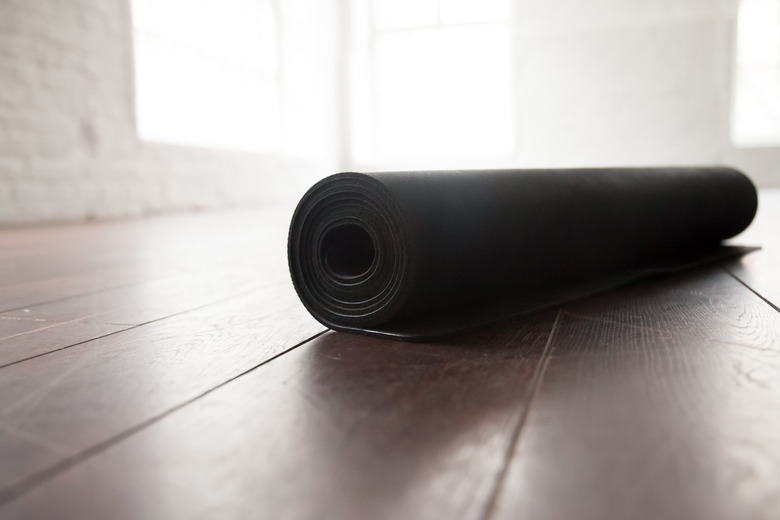What Is The Difference In EPE Foam & EVA Foam?
The similar types of closed cell foam, expanded polyethylene (EPE) and ethylene-vinyl acetate (EVA) foams, constitute the biggest portion of the market in their product sector. Both exhibit excellent salient features, such as shock absorption, flexibility, thermal insulation, and water resistance. Both can also be produced at reasonable prices and often overlap in terms of function. Nevertheless, a side-by-side comparison of these foams' inherent physical properties reveals a number of crucial differences.
Durability
Durability
One of EVA foam's biggest advantages over EPE is its durability. Average EVA foam density and tear strength values stand at five or more times that of an ordinary EPE foam. Because of their closed-cell structure, both have exceptional cushioning and shock proofing capabilities, but EVA foams last much longer. This naturally translates to a higher price, which makes EPE a better choice in cases where cost takes precedence over product lifetime.
Resilience
Resilience
EVA foam can be more resilient than EPE, with the former's tensile strength exceeding that of the latter by as much as several orders of magnitude. Compressive strength and elongation follow suit. EVA foam's greater recovery characteristics make it an excellent and cost-effective substitute for rubber in some applications, such as shoe soles and trampoline pads. In spite of EPE's comparatively low elasticity, however, it remains flexible enough for wrapping about shock-sensitive products, making it an efficient packaging material.
Thermal Properties
Thermal Properties
EPE foam has better thermal properties than EVA. Typical values for thermal conductivity range from 0.01-0.02 BTU/hr-ft°F for EPE foam, and 0.25-0.29 BTU/hr-ft°F for EVA. EPE's low thermal conductivity gives it excellent heat resistance, making it a good insulating material for walls, ceilings and roofs. Its effective service temperature ranges from -58°-158°F. For temperatures exceeding this, EVA foam becomes a better alternative up to around 176°F.
Uses and Applications
Uses and Applications
Both materials show superb versatility, with applications ranging from sports equipment and packaging to soundproofing and insulation. EPE foam remains the choice material for applications that put a premium on cost-effectiveness over durability. Examples of these include packaging, carpet underlays, luggage lining, car door panels and car seats. EVA, on the other hand, takes the lead in applications where sturdiness is of utmost importance. Examples include:
- splints
- cervical collars
- exercise mats
- shoe soles
- orthotic supports
Cite This Article
MLA
Andrews, Natalie. "What Is The Difference In EPE Foam & EVA Foam?" sciencing.com, https://www.sciencing.com/difference-epe-foam-eva-foam-8736270/. 13 March 2018.
APA
Andrews, Natalie. (2018, March 13). What Is The Difference In EPE Foam & EVA Foam?. sciencing.com. Retrieved from https://www.sciencing.com/difference-epe-foam-eva-foam-8736270/
Chicago
Andrews, Natalie. What Is The Difference In EPE Foam & EVA Foam? last modified March 24, 2022. https://www.sciencing.com/difference-epe-foam-eva-foam-8736270/
